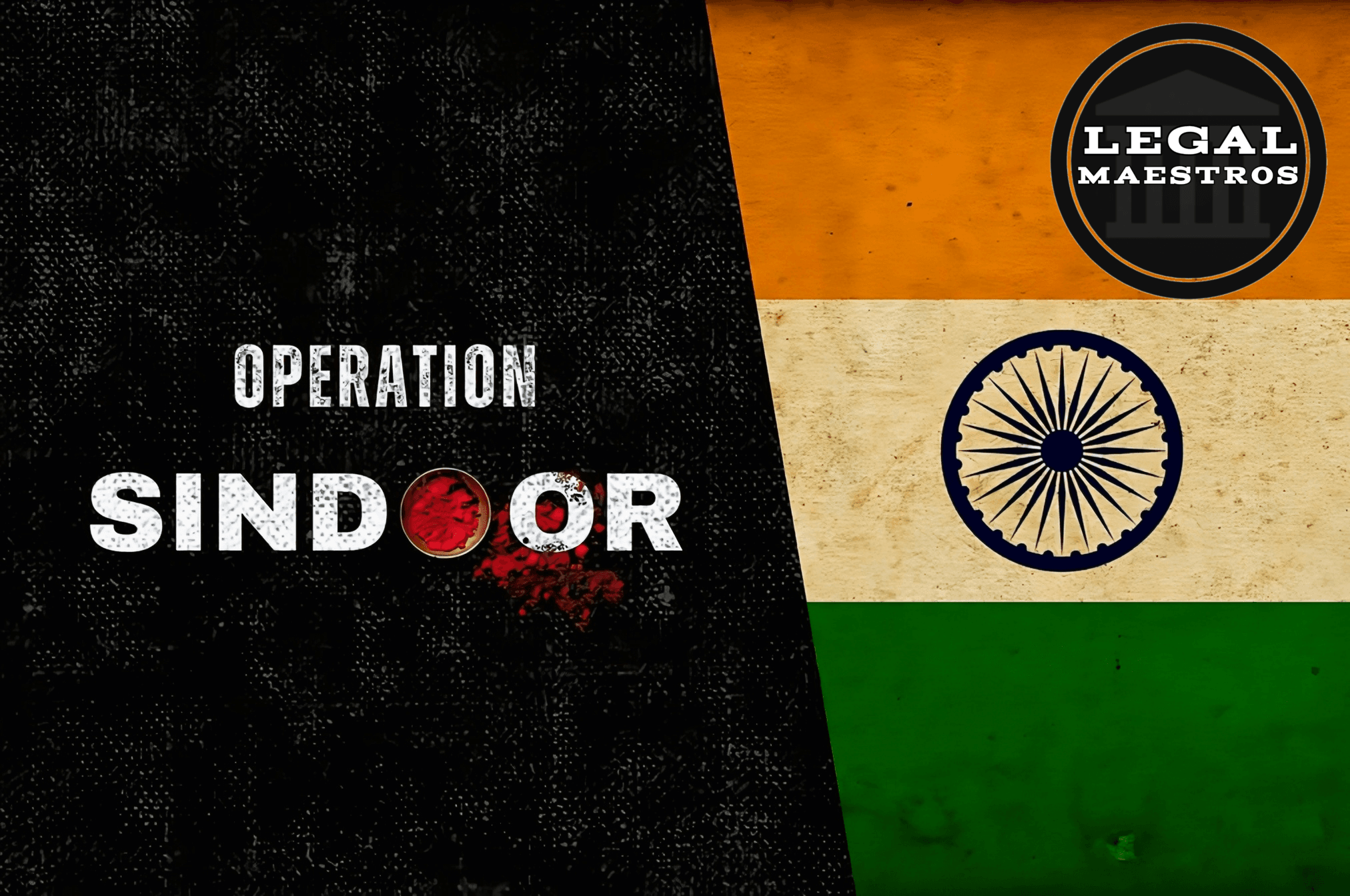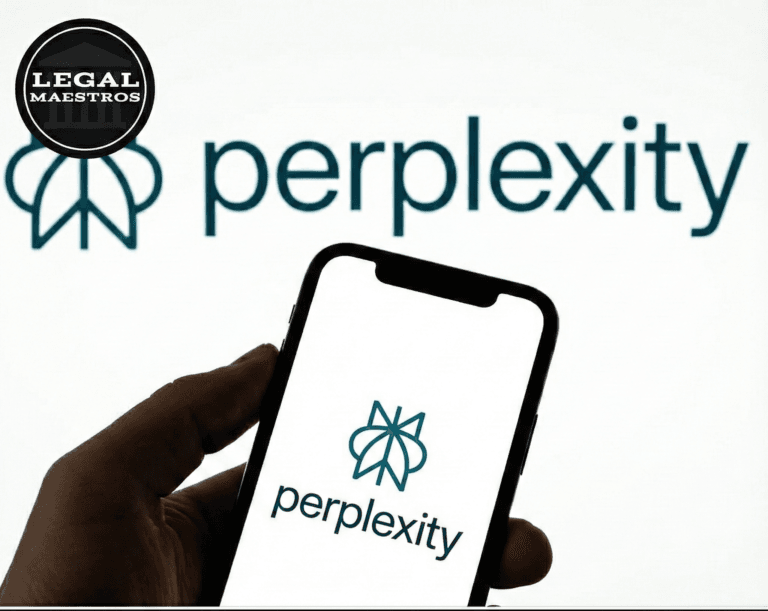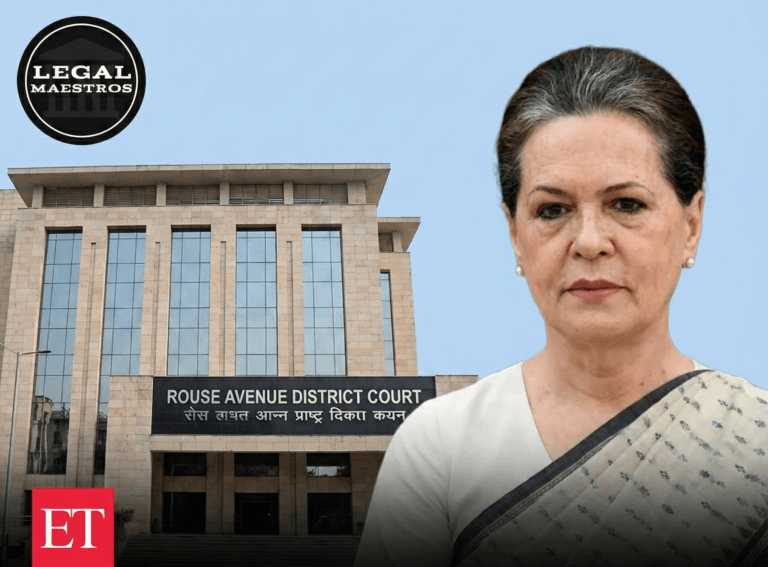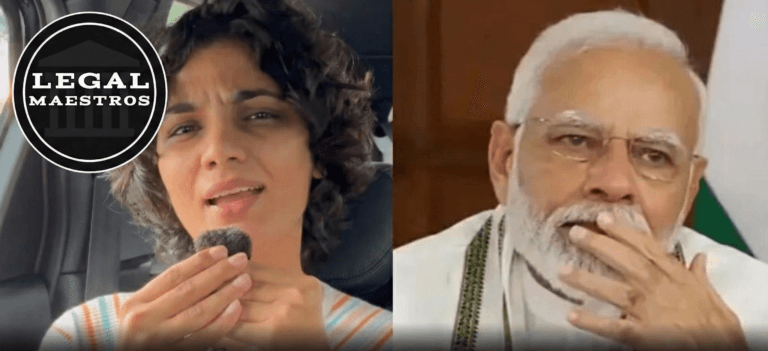
Intellectual Property Challenges of the Operation Sindoor Logo: Analyzing Trademark and Copyright Protections
Introduction
A visual identity for the campaign is provided by the Operation Sindoor logo, which enables supporters and the general public to recognize it without any effort. Protecting the campaign’s reputation, preventing abuse, and maintaining consistency are all important reasons why it is essential to get robust intellectual property protection for any symbol that is associated with a cause.
By examining the trademark and copyright aspects of the Operation Sindoor logo, this essay sheds light on the difficulties that arise and provides insights into the way in which these rights function in actualities.
Background of Operation Sindoor
As a community outreach program, Operation Sindoor was initially designed to improve women’s health and hygiene. This was accomplished via the implementation of educational seminars, the distribution of resources, and public events. Both the cultural resonance of the campaign and the supporting objective of the campaign are intended to be encapsulated in the logo, which has a stylized vermilion symbol merged with images of caring and unity.
For any queries or to publish an article or post or advertisement on our platform, do call at +91 6377460764 or email us at contact@legalmaestros.com.
External organizations who wanted to utilize the logo for fundraising, merchandise, and local spin-off initiatives all expressed interest in doing so as the effort continued to grow. Concerns about intellectual property have been pushed to the forefront as a result of these changes, which calls for a clear legal framework.
For More Updates & Regular Notes Join Our Whats App Group (https://chat.whatsapp.com/DkucckgAEJbCtXwXr2yIt0) and Telegram Group ( https://t.me/legalmaestroeducators )
Trademark Protections
In order to safeguard the signs, symbols, and emblems that differentiate the products or services of one company from those of another, trademark law was established. It is possible for the campaign to get exclusive rights to use the Operation Sindoor logo in connection with its philanthropic operations, instructional materials, and goods if the campaign registers the logo as a trademark.
It is possible for contributors to be misled or for the identity of the brand to be watered down if competing marks that are confusingly similar to the registered trademark are allowed to reach the market. The proposal would depend on common-law rights, which are more difficult to enforce and have a more restricted geographical extent if it were not registered. “
Trademark Registration Challenges
For the logo of Operation Sindoor, obtaining a trademark requires overcoming a number of obstacles. The first need is that the logo should be unique and not just indicative of the campaign’s objective. In the event that the design integrates general symbols of women’s health or vermilion powder in a typical fashion, there is a possibility that complaints may be raised on the grounds that it lacks specialization.
To ensure that there are no existing trademarks that are in direct opposition to the essential components of the logo, it is required to do a comprehensive search. Such markers, which are employed by other health campaigns or local non-governmental organizations, might prevent registration.
Finally, the application procedure itself requires precise identification of the categories of services and items that are covered. These categories include anything from printed instructional pamphlets to internet fundraising platforms.
Enforcement of Trademark Rights
Following registration, the campaign is obligated to meticulously monitor the trademark. Watching online marketplaces, websites, and social media platforms for instances of unlawful use of the logo is an essential part of enforcement.
A cease-and-desist letter may be sent out by the campaign in the event that an infringement is discovered, such as a merchant selling T-shirts featuring the logo without authorization. If legal action is required, the campaign can also seek legal action. Prompt enforcement encourages others to refrain from infringing on the trademark and strengthens the strength of the trademark itself.
Nevertheless, in order to keep the mark’s legal status from being undermined by uneven answers, these efforts need resources and a defined corporate strategy on how to manage infringements.
Copyright Protections
When original works of art and literature are produced and fixed in a physical form, copyright law immediately safeguards them. This is in addition to the protection that trademark law provides.
Because it is a unique graphic design, the Operation Sindoor logo is eligible for copyright protection even if it has not been formally registered. Exclusive rights to reproduce, distribute, and display the logo, as well as the ability to make derivative works, are granted to the campaign by copyright.
This additional layer of security protects against illegal modifications that modify the design while preserving its core, as well as direct copying, screen-grabs for internet reposting, and other threats.
Copyright Registration and Formalities
Formal registration may give substantial advantages in terms of enforcing rights, contrary to the fact that copyright is created automatically. A registered copyright gives the owner the right to statutory damages and legal expenses in the event of an infringement prosecution in many different nations.
A copy of the design, the completion of an application form, and the payment of a modest fee are all required for registration in order to get the Operation Sindoor logo. While registration is not required, it does serve as a public notice of ownership, which discourages possible infringers and makes enforcement easier in the event that disputes occur.
Overlap and Interaction of Protections
Copyright and trademark are two independent types of protection for the logo, although in reality, they sometimes overlap. Copyright protects the creative expression that lies behind the surface, while trademarks concentrate on the function of the logo as a badge of origin.
The copyright protects against the unlawful reproduction or alteration of works of art, whereas the trademark protects against the use of markings that are confusingly similar in related situations.
Together, they provide a complementing shield. It is necessary for the campaign to handle distinct registrations, renewal dates, and enforcement tactics in order to assure complete coverage in the event that both safeguards are coordinated.
Potential Conflicts and Third-Party Uses
Problems with intellectual property arise most often when organizations from outside the organization want to utilize the Operation Sindoor logo. The assumption that grassroots partners have implicit consent might result in the selling of things without authorization or the co-branding of products with causes that are not linked.
The message of the campaign may be watered down and quality control may become more difficult if there are no explicit license agreements in place. Moreover, internet platforms may contain products that has the logo, which necessitates the distribution of takedown warnings in accordance with intermediary responsibility laws. It is still a fundamental problem to strike a balance between free cooperation and stringent brand control.
Strategies for Protecting the Logo
This campaign ought to use a multifaceted strategy in order to successfully handle these hurdles. In the first place, you should instantly register the logo with the trademark office as well as the copyright registry, if it is accessible. The second step is to create a concise license policy that contains a description of the authorized uses, quality criteria, and approval procedures for private parties.
Third, ensure that an online brand center is maintained, where authorized partners may access and download high-resolution logo files, branded templates, and use requirements. Four, perform brand audits on a regular basis, looking for instances of unlawful usage in social media and marketplaces. Finally, a small legal fund should be set up for the purpose of filing cease-and-desist letters or beginning legal proceedings when they are required.
International Considerations
Cross-border protection becomes more important if Operation Sindoor joins with international non-governmental organizations (NGOs) or extends into adjacent nations. As a result of the geographical nature of trademark rights, registration in India does not immediately extend to other countries.
Using international treaties such as the Madrid System, the campaign may designate numerous nations in a single application, which will allow them to protect the mark on a worldwide scale.
In a similar vein, copyright registries may be strengthened by depending on international accords such as the Berne Convention, which guarantees basic copyright protection in member nations without the need for formalities.
Maintaining Goodwill and Brand Reputation
Protecting a mark requires not just legal tactics, but also the cultivation of the goodwill and trust that are connected with the brand over time. Respect for intellectual property may be fostered by open and honest communication with community members and partner organizations on the significance of maintaining a consistent logo use.
By educating stakeholders about the reasons why illegal alterations, such as skewing colors, modifying dimensions, or matching the logo with message that has not been validated, might undermine the effect of the campaign, compliance can be strengthened. By connecting stakeholders with the best interests of the cause, a culture that practices respect for the integrity of the logo, in essence, multiplies legal safeguards.
Conclusion
Therefore, the maintenance of the Operation Sindoor emblem should be a strategic priority since it reflects the spirit and purpose of the campaign. The project has the potential to construct a solid line of defense against abuse and dilution by using both trademark law and copyright law.
On the other hand, legal registration is just a portion of the answer; pro-active enforcement, transparent licensing, education of stakeholders, and international planning are all necessary components. Taking a thorough approach to addressing these intellectual property concerns will guarantee that the Operation Sindoor logo will continue to serve as a potent symbol of cohesiveness and constructive change for many years to come.




